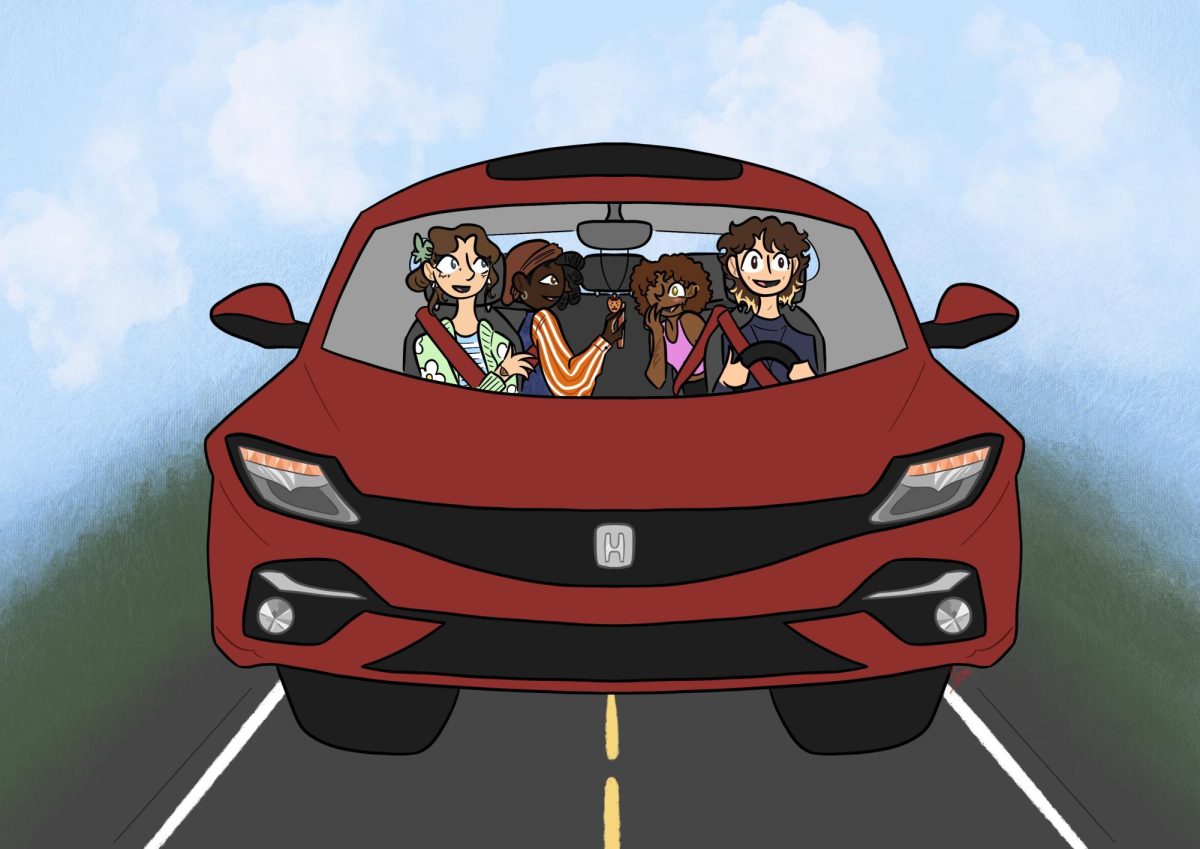Fraught with alleged problems in equity, standardized testing has long been a broken measure of student intelligence.
In the last two decades, as many as 200 institutions of higher education permanently removed their testing-required policies, according to Vox. Since the COVID-19 pandemic, many more colleges and universities, including the entire Ivy League system, have at least temporarily removed their testing-required policies in lieu of test-optional or test-blind ones.
But multiple different studies, including those conducted by Brown University and the University of California system, recently found that standardized test scores predict college success as well as, and sometimes better than, high school grades.
Of course, there is an equity issue inherent in standardized testing. With around $60 testing fees, $20 score send fees, and $1,000 prep classes for the SAT, the costs can add up.
But this disparity is equally present in other factors in the admission process. Extracurricular activities are often pricey, not to mention time consuming. Common extracurriculars such as music, martial arts and high-level sports cost thousands of dollars annually and require hours comparable to those of a part-time job.
In addition, many of these more expensive extracurriculars provide life experiences that universities highly value. These “elite” extracurriculars often result in a less competitive admissions process, unfairly benefiting wealthier applicants.
Similarly, students who take higher-level courses often take the associated AP exams, which cost more than $100 each.
The disparity between students of different socioeconomic classes is further exacerbated by other uncontrollable factors.
Students from richer backgrounds are much more likely than those from poorer ones to attend affluent schools with higher level courses, newer technology and pipelines to top colleges. In fact, a 2020 UC study found that the A-G course requirements result in more economic and racial bias than standardized testing does.
In addition to financial background and course availability, there are other factors that students cannot control, such as school counselors, who often have high caseloads and plug-and-chug into a template for recommendation letters.
Against these factors, a test score’s internal inequity seems to pale in comparison.
Sure, a socioeconomically disadvantaged student is more likely to have a lower SAT score than a socioeconomically advantaged student, but removing standardized testing does nothing to close that gap.
For a real-time case study in standardized testing, we can look to MIT, which reinstated its test-required policy for the high school class of 2023 after two years with a test-optional one.
The results? The 2022–23 undergraduate freshman year class was MIT’s most racially diverse class yet.
That isn’t to say that standardized testing is for everyone. And there are definite actions that could be taken to reduce equity gaps, such as an expansion of fee waiver eligibility. But standardized testing is not the only problem. It’s one of many factors in the admissions process that reveals disparity between students.
Educational inequity exists, with or without standardized testing. Other major factors of the college admission process, including essays, grades, courses, extracurricular activities, and recommendation letters, are more biased than standardized test scores. Thus removing these scores from the equation makes the admissions process even more unbalanced, ultimately enlarging the gap.
Rather than antagonizing the most prominent markers of this inequity and putting on the metaphorical bandage, we should instead work to address the underlying issue – the improper allocation of resources in education.



